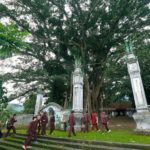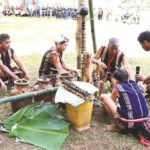The Chairwoman of the Women’s Union of Ia Dok Commune, Dinh Bem, enthusiastically took me to visit the banyan tree in Ghe village of the commune. While walking, Dinh Bem passionately said: “The 200-year-old banyan tree is not only a heritage tree, the pride of the villagers in the commune, but also a cultural destination of the whole Duc Co district.” The people of Ghe village in particular, and Ia Dok commune in general, consider the ancient banyan tree to be a sacred treasure.
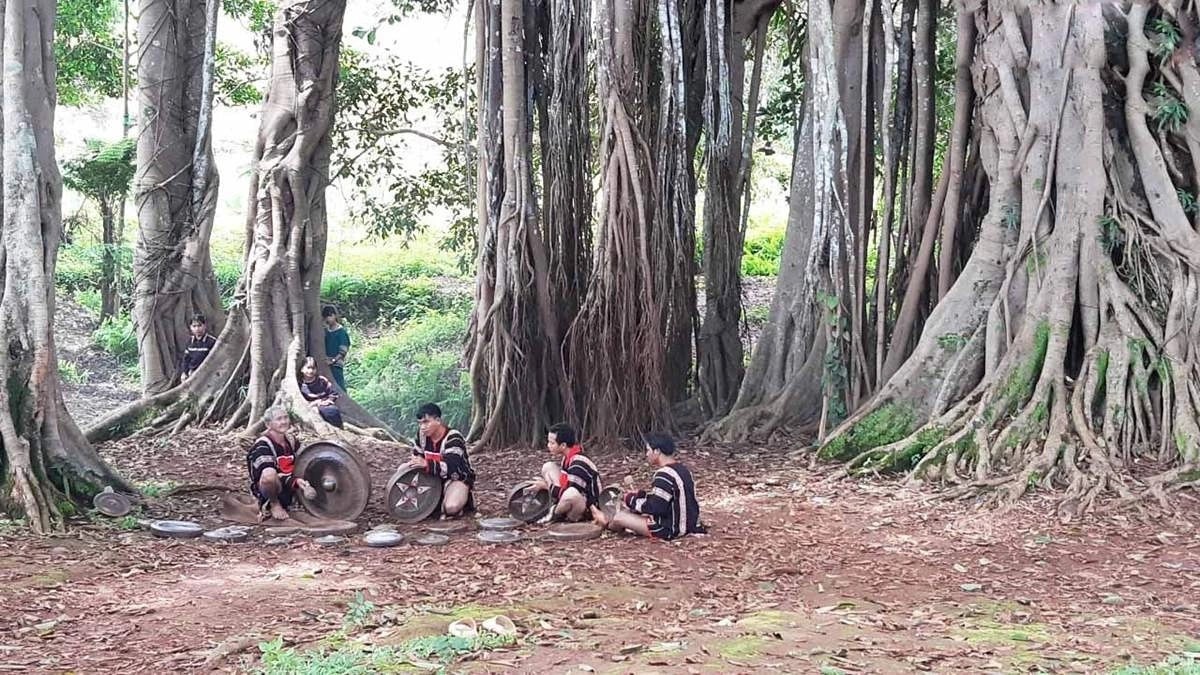 |
| Photo: hoadaiviet |
The banyan tree in Ghe village stands tall with a height of 45 meters, with a wide canopy that covers more than 2,000 m². The banyan tree in Ghe village is associated with the traditional culture of the Jrai people and is not only an ideal resting place for people when they go to the fields but also a place where traditional festivals such as worshiping ceremonies take place.
According to the elders, this tree has been here for many generations. Legend has it that the banyan tree was planted by a man named Chong. Chong planted the tree with the purpose of getting shade and a fulcrum for the climbing rattan trunks. Gradually, it grew, spreading to an entire corner of the village, becoming the common property of the Ghe villagers.
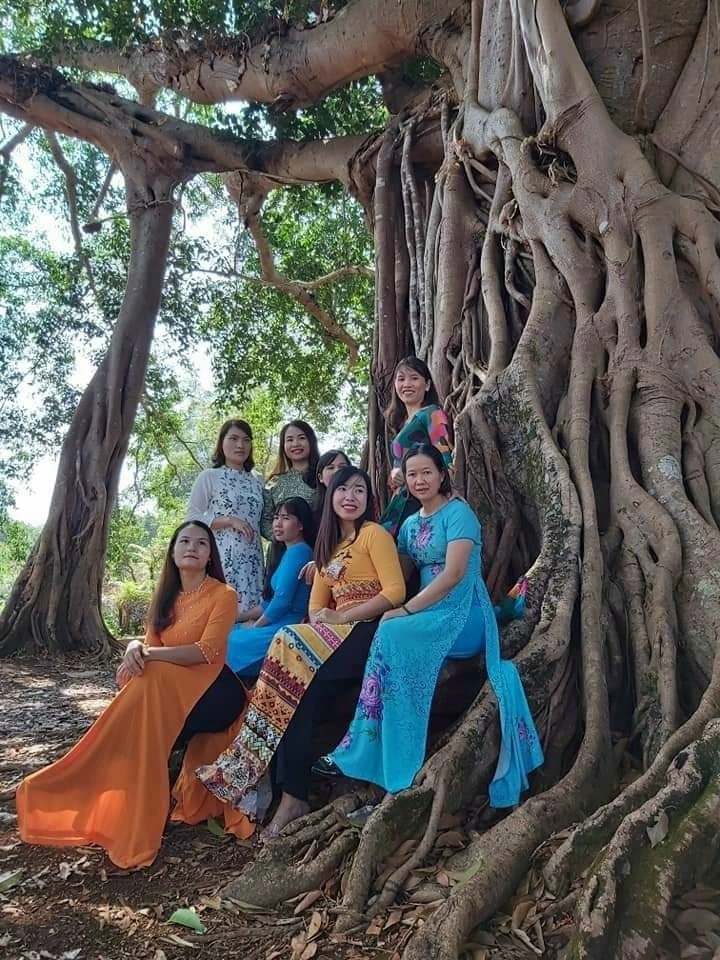 |
| Photo: hoadaiviet |
In this modern time, the appearance of the village has also changed a lot, but the ancient banyan tree will always be a sacred place where all the cultural and spiritual life activities of the people take place. Therefore, in the minds of the people, the ancient banyan tree is also a beautiful symbol of natural cultural values and a witness of time coexisting with generations of Ghe village people.
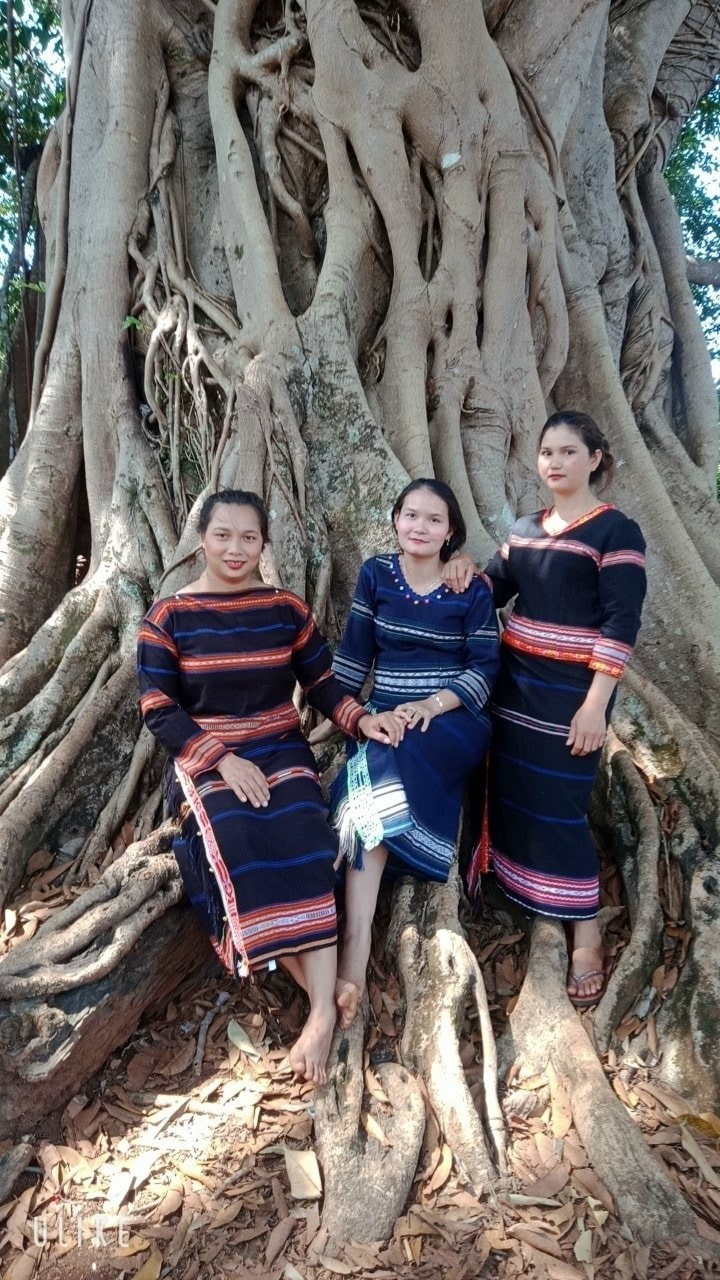 |
| Photo: hoadaiviet |
A witness of history
According to village elder Kpuih O, during the war against American imperialism, the area of Ghe village and a number of other villages in Ia Dok commune were fierce battlegrounds. Since 1965, the people of Ghe village had to evacuate and set up a temporary village in the Bau Can area (in Chu Prong district today) to avoid enemy bombs. By 1975, the war ended, the people of Ghe village returned to their old hometown, rebuilt their communal house, and planted new rice plants right in the middle of the hilltop, creating Ghe village in its current location.
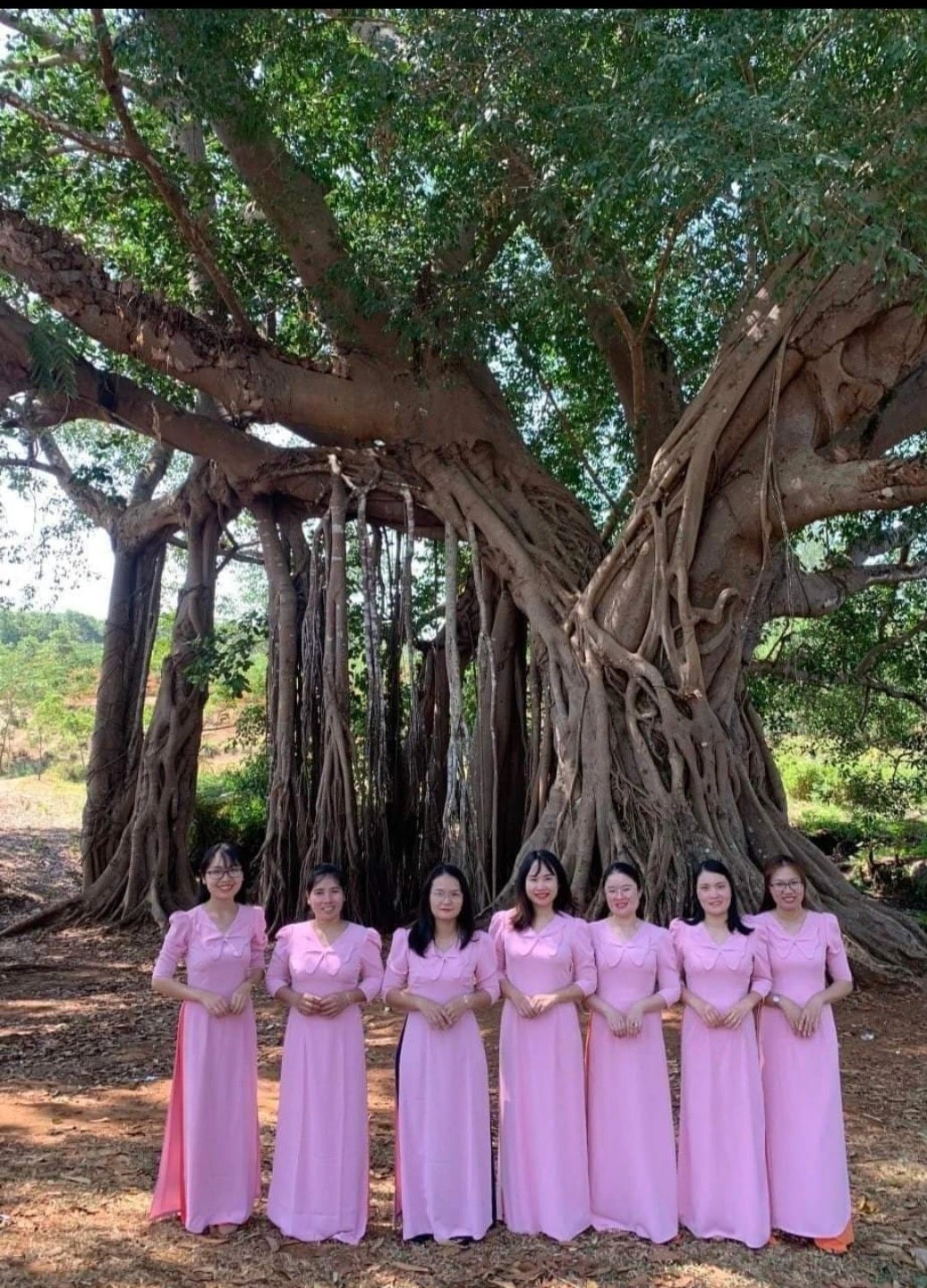 |
| Photo: hoadaiviet |
The people of Ghe village also pass on spiritual stories related to the sacred banyan tree. For example, there were many people who, because of trespassing on a banyan tree, had nightmares or bad luck at night. Therefore, the villagers believe that the banyan tree is a sacred object and a home for the souls to nestle inside. It stands there, towering like an eternal symbol of history.

